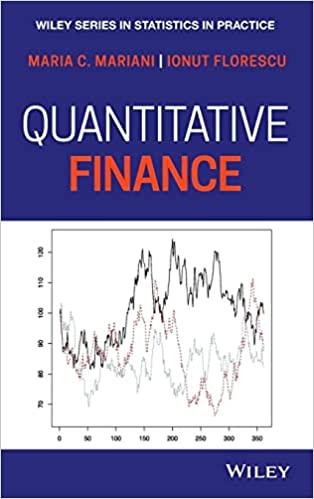Haar transform (a) For an (N times N) Haar transformation matrix, the Haar basis functions are [psi_{k}(t)=psi_{p
Question:
Haar transform
(a) For an \(N \times N\) Haar transformation matrix, the Haar basis functions are
\[\psi_{k}(t)=\psi_{p q}(t)=\frac{1}{\sqrt{N}} \begin{cases}2^{p / 2}, & (q-1) / 2^{p} \leq t<(q-0.5) / 2^{p} \\ -2^{p / 2}, & (q-0.5) / 2^{p} \leq t
They are defined over the continuous closed interval \(t \in[0,1]\) for \(k=\) \(0,1,2, \ldots, N-1\). We define the integer \(k\) such that \(k=2^{p}+q-1\), where \(0 \leq p \leq n-1, q=0\) or 1 for \(p=0\), and \(1 \leq q \leq 2^{p}\) for \(p eq 0\). The \(i\)-th row of an \(N \times N\) Haar transformation matrix contains the elements of
\(\psi_{i}(t)\) for \(t=0 / N, 1 / n, \ldots,(N-1) / N\). Write the \(5 \times 5\) Haar transformation matrix \(\mathrm{H}_{5}\) using these given conditions.
(b) Compute the Haar transfromation of the \(2 \times 2\) image \(f\) with \(H_{2}\) :
\[f=\left[\begin{array}{cc}5 & -2 \\-2 & 3\end{array}\right]\]
(c) The inverse Haar transform is \(f=H^{T} T H\) where \(T\) is the Haar transform of \(f\) and \(H^{T}\) is the inverse of the matrix \(H\). Show that \(H_{2}^{-1}=H_{2}^{T}\) and use it to compute the inverse Haar transform of the result in part (a).
Step by Step Answer:

Quantitative Finance
ISBN: 9781118629956
1st Edition
Authors: Maria Cristina Mariani, Ionut Florescu





